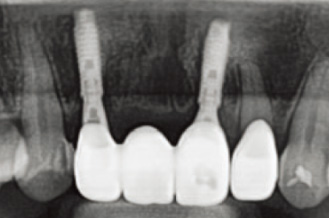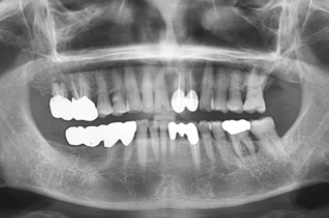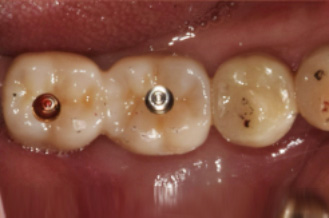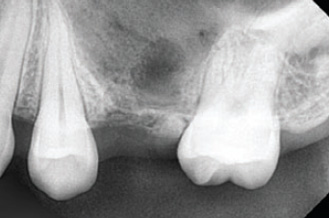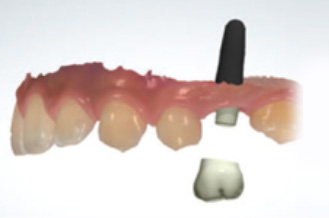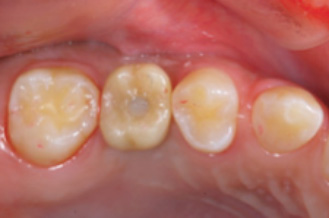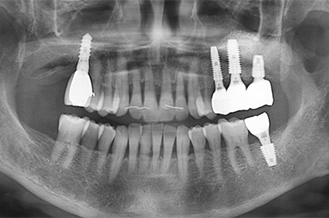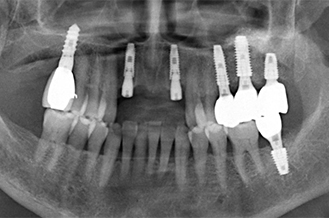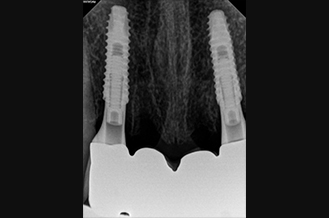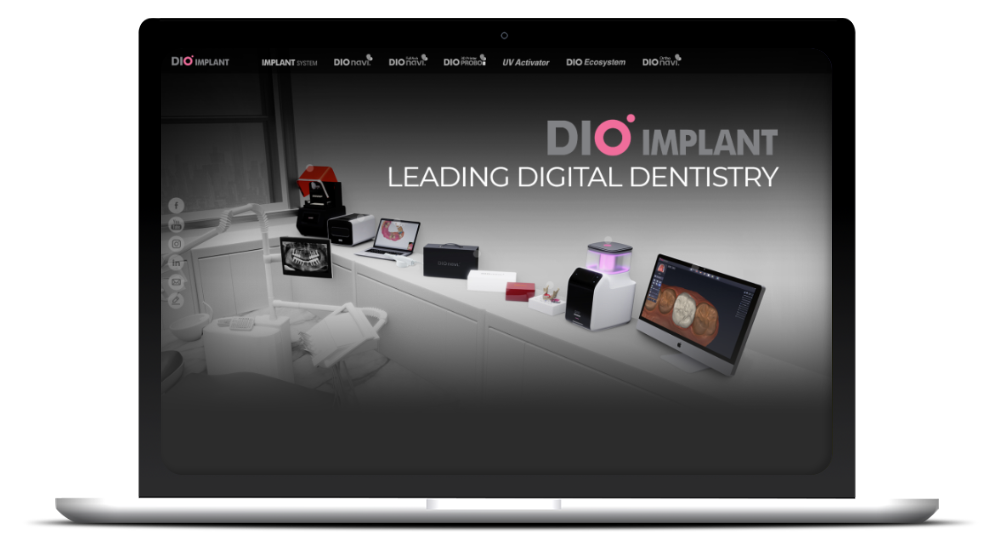
DIO Implant System
Special Technology & Quality
DIO Implant System
DIO Implant has established a lineup of implant systems for each type to cover a wide range of
clinical indications and provide comfort to both clinicians and patients.
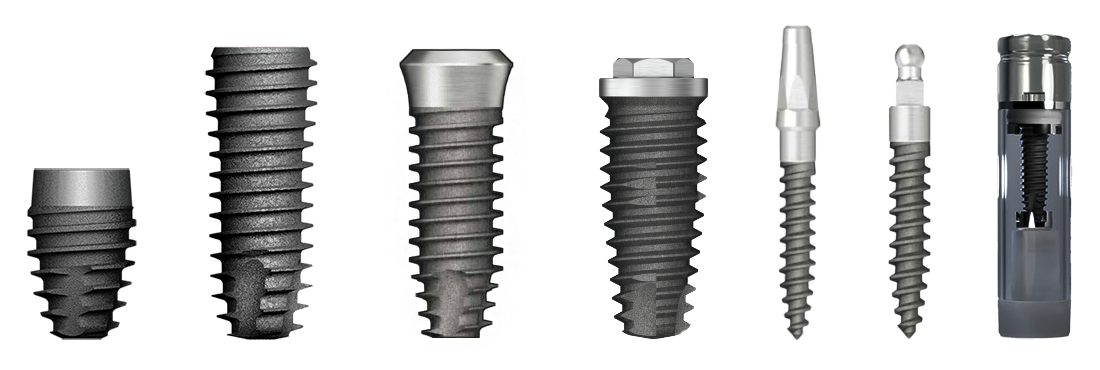

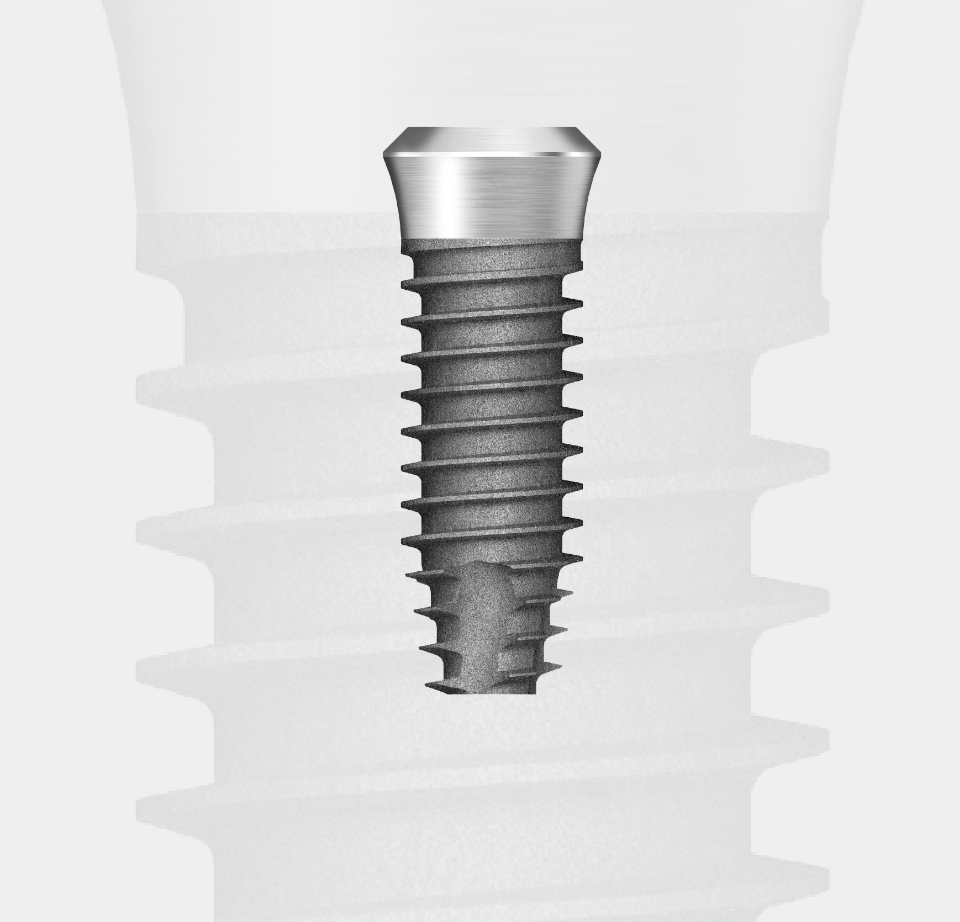
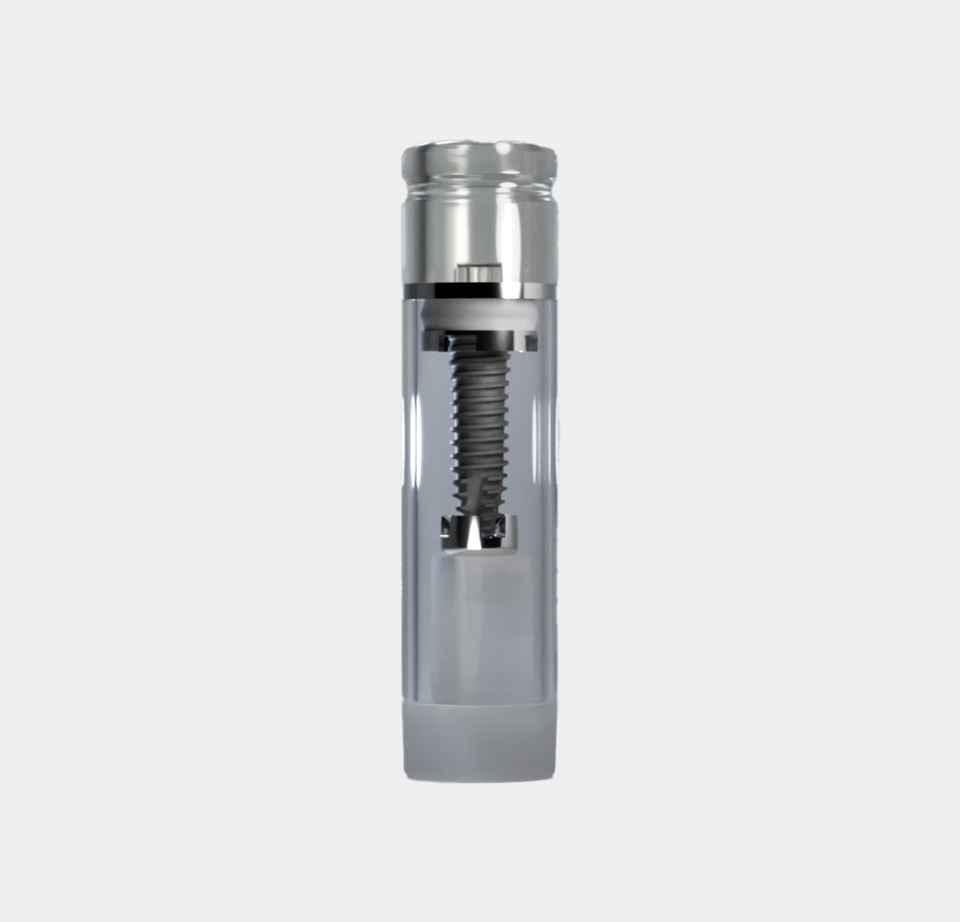
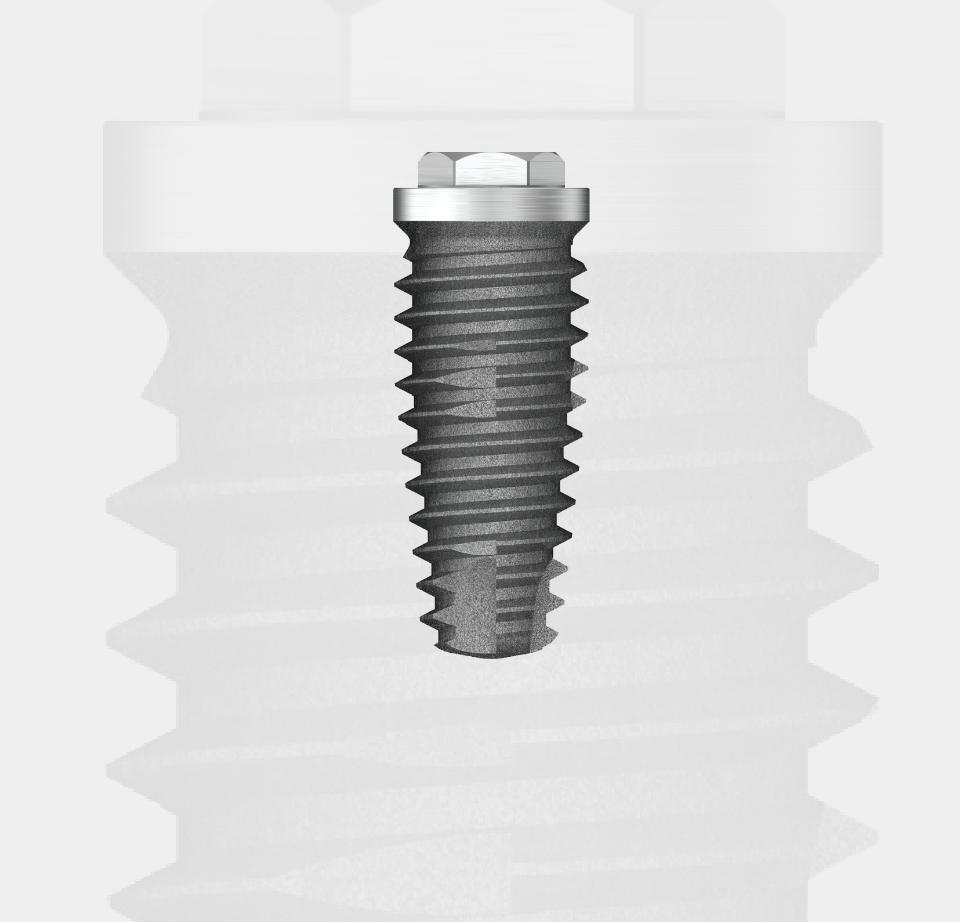
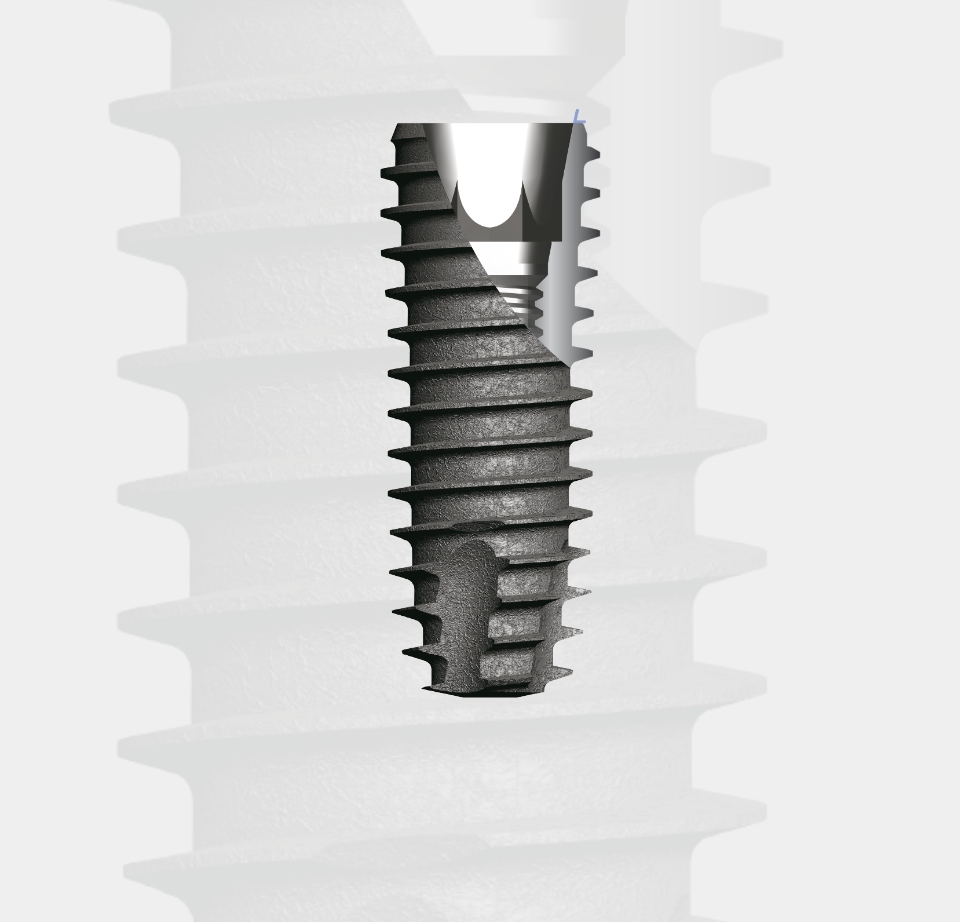
01
 Internal Submerged System
Internal Submerged System
DIO IMPLANT SYSYEM
03
 External System
External System
DIO IMPLANT SYSYEM
05
 UV Implant System
UV Implant System
DIO IMPLANT SYSYEM
02
 Internal Non Submerged System
Internal Non Submerged System
DIO IMPLANT SYSYEM
04
 Mini System
Mini System
DIO IMPLANT SYSYEM
Representative Model of DIO IMPLANTDesign Features
- Open Thread
- It is possible to adjust the implantation depth by reducing the fixture placement resistance.
- Upper Thread
- By applying a taper thread to the straight body, the stress applied to the upper part of the fixture is effectively dispersed. The thread depth decreases upwards, reducing friction on the cortical bone.
- Straight Body
- The depth of the fixture is varied by changing the depth of the body part, and stable implantation is possible like a straight type in a fixture with a long depth.
- Tapered Body
- Even with weak bone quality by applying a taper, initial entry is easy even when drilling is weak.
- Platform Switching
- Since it has a platform switching structure, stable prosthetic connection is possible.
- Morse Tapered Contact Connection
- Tightness between fixture and abutment and load distribution are excellent.
- Cutting Edge
- Self-tapping efficiency can be increased through sharp edges.
- Apex
- The gentle round shape can reduce tissue damage caused by implants when used in the maxillary sinus.
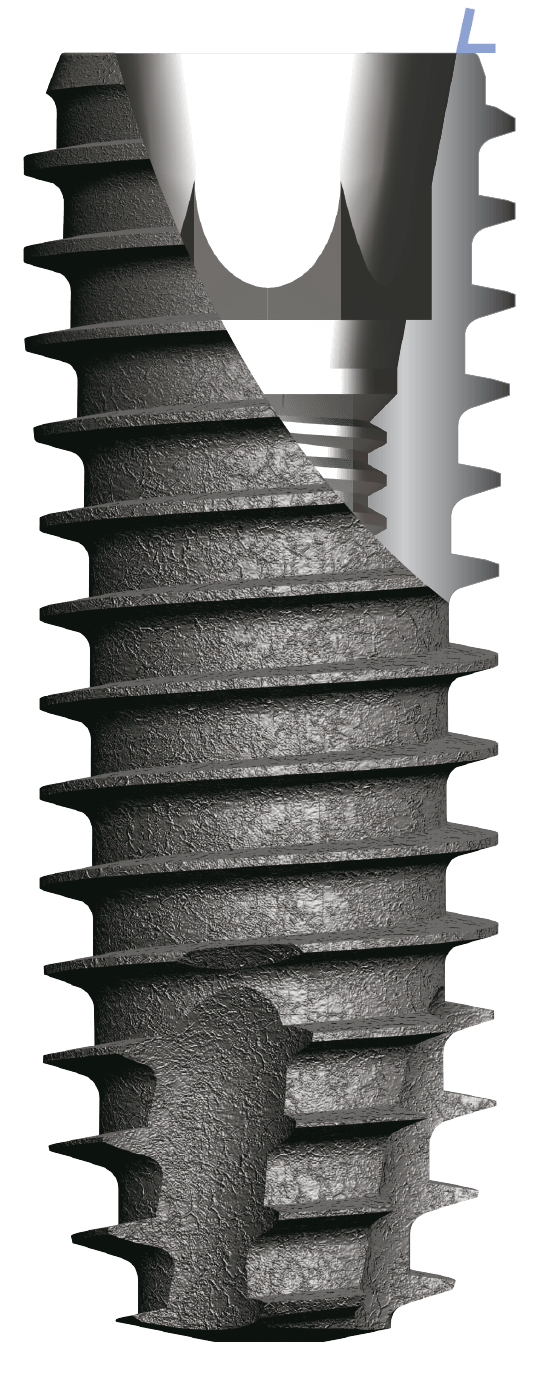
Surface Treatment FeaturesHybrid Sand Blast & Acid Etched
The surface roughness most suitable for osseointegration was applied to the body and apex areas.
- Upper

- Body

- Apex


The surface treatment technology of DIO Implant increases the contact area between bones and implants, integrating bones and implants securely.
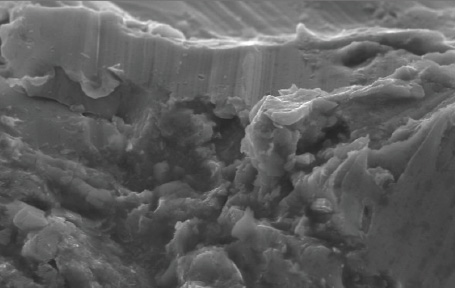 Surface of a generic DIO RBM implant
Surface of a generic DIO RBM implant
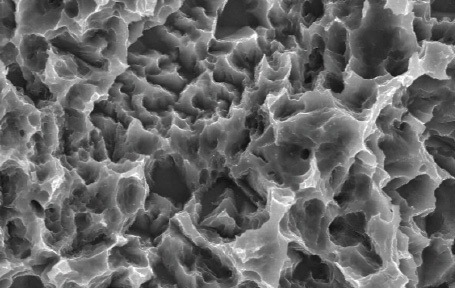 Surface of a DIO Hybrid SLA (HSA) implant
Surface of a DIO Hybrid SLA (HSA) implant
- I. Excellent initial fixation.
- II. Minimize bone absorption around the implant.
- III. Improve affinity with surrounding soft tissue.
- IV. Minimal inflammatory response to surrounding bones.
Surface of a DIO RBM implantSurface of a DIO Hybrid SLA (HSA) implant
- Bone formation speed increased up to 49%
- Three weeks after implantation, DIO's surface treatment (HSA) shows that bone formation rate is 49% activated compared to general implant surface treatment (RBM)
DIO Implant SystemClinical Cases
CASE 1 UF Implant System
- Maxillary anterior surgery using UFII Narrow Type Fixture in an anterior case with narrow bone width
-
In order to reduce the occurrence of errors in the case of the maxillary anterior region with narrow bone width and acquire initial fixation power to install temporary prostheses, UFII Narrow Fixture was placed with 'DIOnavi.', a digital implant guide system, and the temporary prosthesis was placed on the same day to improve the aesthetics of the anterior defect area complemented.
Through preoperative planning and postoperative CT and panoramic imaging, it was confirmed that the implant was safely placed between the narrow bone, and it was confirmed that the implant and prosthesis were well maintained as a result of panoramic photography 4 years after the procedure.
CASE 2 UF Implant System
- Mandibular molar treatment using UFII Regular Type Fixture after partial removal of existing Pontic
- This is a case in which a UFII Regular Type Fixture is placed after partially removing the Pontic of the mandibular posterior region, and a prosthesis is manufactured using a scan body.
CASE 3 UV Implant System
- Maxillary sinus elevation using UV Active Fixture in a case of less than 5mm of residual bone
-
In general, in the case of residual bone less than 5mm, it takes approximately 6 months or more to place an implant together with maxillary sinus lift.
However, in the case of 3mm of residual bone, the ISQ value was measured to be 75 or higher 3 months after the implantation of the DIO UV implant, making it possible to proceed with loading.
As in the presentations of A. Funato (2013) and M. Hirota (2016), it can be seen that UV implants have a significant effect on early osseointegration even in the case of hard maxillary sinuses.
CASE 4 UV Implant System
- If you have a systemic disease
Treatment using UV Active Fixture -
If you have a systemic disease, you have to stop the drug and proceed with implant treatment, so the treatment period will take a long time and complications may occur due to discontinuation of the drug.
However, there were no complications after the placement of the DIO UV implant, and the ISQ value was measured to be 80 or higher at the 8th week evaluation, and the final prosthesis was manufactured.
If it is necessary to achieve rapid osseointegration in the shortest possible period, it was confirmed that the DIO UV implant could be a clinical alternative.





